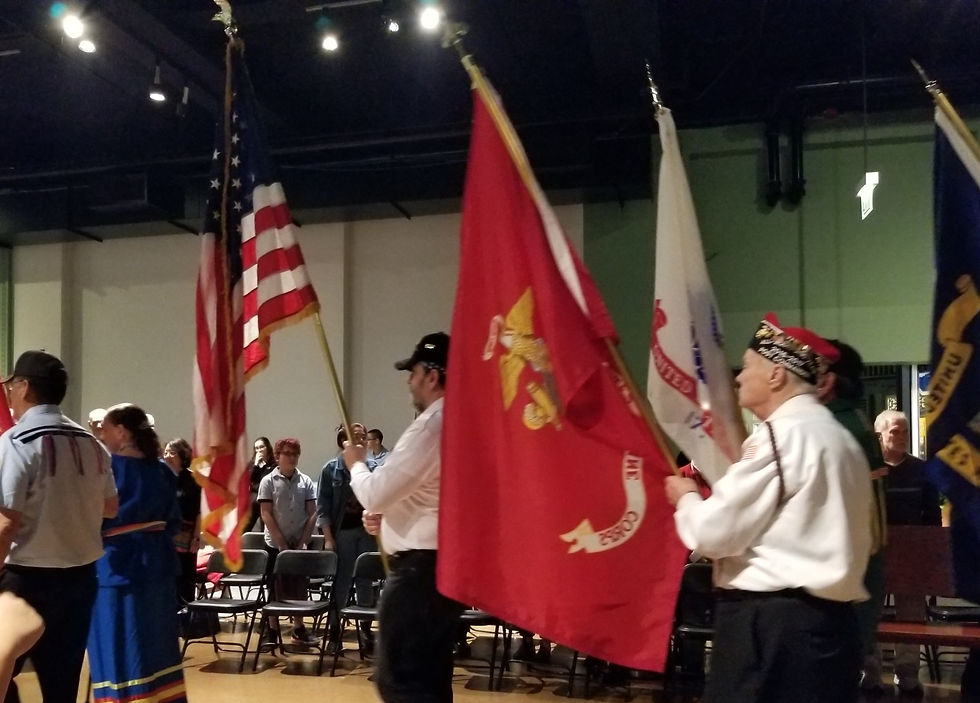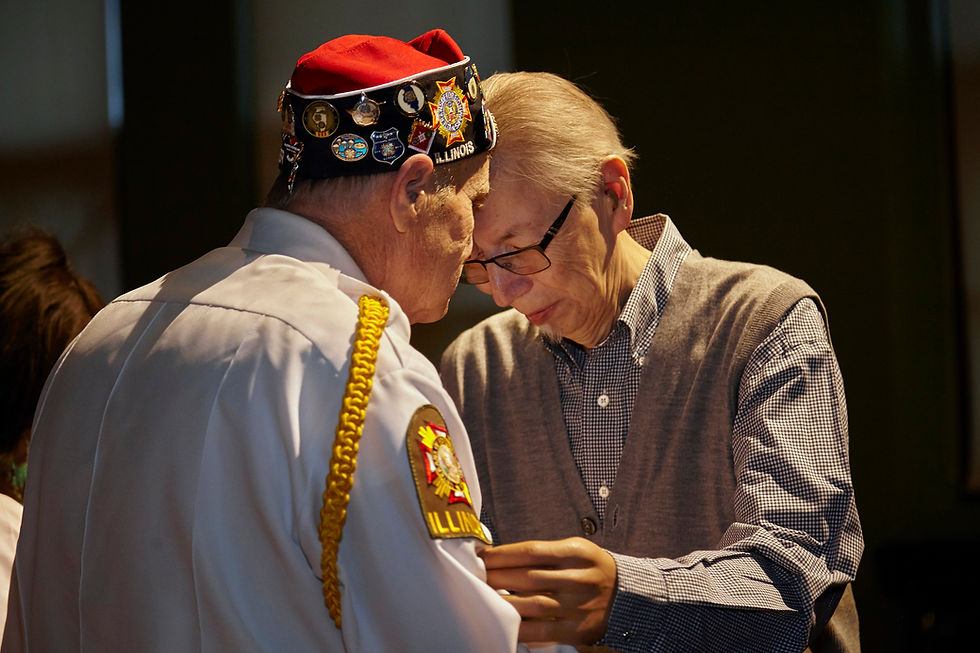
In October, Dr. Jonathan Jones (University of Technology, Sydney) visited the Museum to examine Australian material from New South Wales and Victoria. As both an artist and researcher, Jones has a special perspective on museum collections from this region, home to the communities to which he belongs (Wiradjuri and Kamilaroi.)
Dr. Jones explains: “Grounded in Indigenous research methodologies and epistemologies, this research involves each object from a collection being carefully drawn. [This] allows for a greater relationship with the object, a deeper understanding of the shape and design, and an ability to recognise the hand of each maker.” Noting that “Eighteenth and nineteenth century collections of Aboriginal Australian objects...were made at a time when little regard was given to Aboriginal artists or their communities of origin,” Jones aims to begin tackling the problem of poorly provenanced Australian collections from the last centuries.
During his 3-day visit, Dr. Jones was able to examine dozens of shields, clubs, boomerangs and other items. While time did not allow for him to make as many detailed sketches as he would normally prefer, Dr. Jones did photograph a number of items that will enable him to share the collections and his research with a broader audience. Dr. Jones’ report on the collection will also enrich the Field’s documentation as he will be able to add additional geographic and source community information to the record.
Below: Dr. Jonathan Jones measures, sketches, and takes notes about a shield in the Museum’s Collections Resource Center.
Above: Dr. Jonathan Jones measures, sketches, and takes notes about a shield in the Museum's Collections Resource Center.
Archaeology as a modern science only reached the South Pacific in the wake of World War II. Before then, everyone's understanding of Pacific prehistory was grounded on misleading European ideas about race and alleged racial migrations "out of Asia." Recently, human molecular geneticists have begun to turn their gaze toward Oceania and its inhabitants. The results published so far leave a great deal to be desired--as Regenstein Curator John Terrell surveyed last year in Scientific American. In April 2019, Antony Funnell at the Australian Broadcasting Company interviewed Terrell about the use and misuse of human genetics. In particular, Funnell asked him to explain why he feels it isn't necessarily a wise idea to send off a sample of your spit to a commercial genetics laboratory in hopes of discovering the secrets allegedly hidden in your DNA about your personal ancestry and future prospects for a good, healthy life. Listen to the program here.

The marae is currently home to the new exhibition “D-Day Warriors: Native Americans in the Military.” Joe Podlasek, of Schaumburg, Illinois’ Trickster Art Gallery, worked with FM to honor Native American soldiers with music and dance. The event brought together many of the individuals and communities who use and care for the marae. Those new to Chicago’s marae were received with a hongi, a traditional Maori greeting (pictured below. Photos © Michelle Kuo, 2019.)
Visitors can see the exhibit until February 2020.


